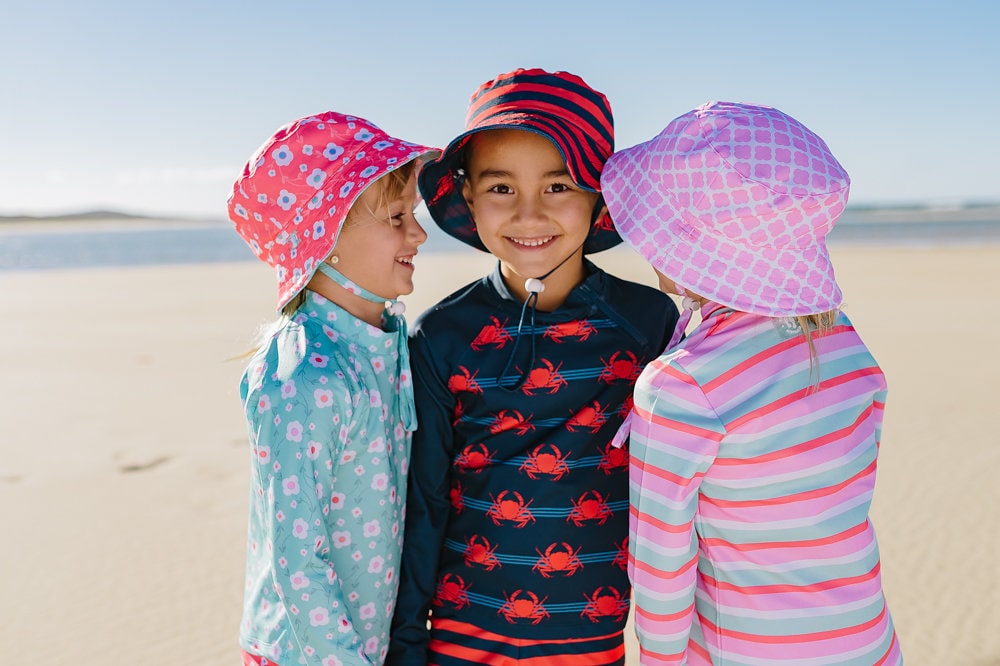
When It’s Not A Good Thing To Be No.1
Recent research released from the QIMR Berghofer Medical Research Institute has shown that Australia once again has the unenviable title of having the world’s highest rates of invasive melanoma, just edging out our New Zealand counterparts.
Invasive melanoma is the deadliest form of skin cancer, which is capable of spreading to other parts of the body. The most recently available data shows that in 2014/2015 about 50 in every 100,000 Australians were diagnosed with invasive melanoma, compared to about 47 out of every 100,000 New Zealanders.
There is actually some good news in that the rates of invasive melanoma in Australians has plateaued, most likely as a result of decades long public health campaigns around skin cancer prevention and staying safe in the sun. However, it’s a timely reminder for us not to become complacent about the damaging effects of UV radiation on our skin.
Earlier this year the peak bodies responsible for sun safety advice in Australia and New Zealand announced they have adopted a new policy on sunscreen use, recommending that people apply it daily as part of a regular morning routine.
Associate Professor Neale said there was now clear evidence on the benefits of daily sunscreen use. “Up until now, most public health organisations have recommended applying sunscreen ahead of planned outdoor activities but haven’t specifically recommended applying it every day as part of a morning routine,” she said. Associate Professor Neale continued that in recent years, it has become clear that the DNA damage that causes skin cancer and melanoma accumulates with repeated small doses of sunlight.
Importantly though the group cautions us against relying on sunscreen as our sole line of defense. Dr Stephen Shumack from the Australasian College of Dermatologists said it was important that Australians still used other forms of sun protection when they were planning to spend longer amounts of time outdoors. “The recommendation to apply sunscreen every day is to protect people against the little bits of incidental sunlight that most of us get each day, and that cause damage over time,” he said. “But people need to remember that sunscreen isn’t a suit of armour. If you’re planning outdoors activities – like playing or watching sport, going fishing or working outdoors – you should also seek shade, wear a hat, protective clothing and sunglasses, and reapply your sunscreen every two hours.”
The groups was also careful to consider community concerns regarding regular use of sunscreens. Terry Slevin from the Public Health Association of Australia said “There is concern in some parts of the community about allergic reactions, nanoparticles, hormonal effects and not getting enough vitamin D from using sunscreen,” he said. “There is consistent and compelling evidence that sunscreens are safe, and reactions occur in a very low proportion of the population. “Importantly, clinical trials have found that people who use sunscreen daily have the same levels of vitamin D as those who don’t.”
It is recommended that precautions are taken when the maximum UV level is forecast to be three or higher - and for many of us here in Australia that means all year round. So it might be time to make being Sun Safe a habit for you and your family in 2019.
The information above was sourced directly from QIMR Berghofer Medical Research Institute website. For more information visit their website directly, or visit the following link to view the full articles . Australia's Melanoma Rates Once Again Highest In The World. and Peak Health Bodies Recommend New Approach To Sunscreen Use
